The Science Behind Our Climate Predictions
The climate is a major factor affecting everything from agriculture to mining to the economy at large. Being able to have reliable advanced notice of major shifts in weather activity can deliver major benefits to those with the foresight to use this knowledge. Whether it is being able to decide which crop is most likely to thrive in the upcoming season, how much salt to mine over the summer in preparation for winter, or which industries might present the best investment opportunities, knowledge is power.
Scroll down to learn more about the methodology and science behind the Browning World Climate Bulletin™ predictions and our results.
Historical Climatology
Our Methodology
For more than 65 years, Browning has archived over two thousand years of global climate records, from written records to tree rings and ice cores. We examine what factors are affecting the current climate and find the five most similar years. As historical climatologists, we offer perspective, allowing our clients to see what weather and climate events happened in 60 -- 80% of similar years. We focus on seasonal probabilities, planting seasons, and heating seasons, not hazy predictions for decades in the foreseeable future. This information has allowed our clients to make informed decisions to protect and improve their well-being.
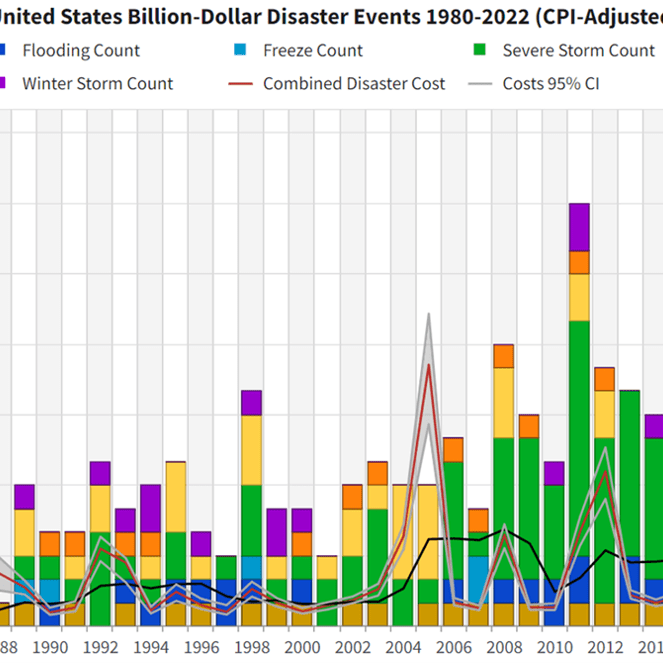
The Climate Economy
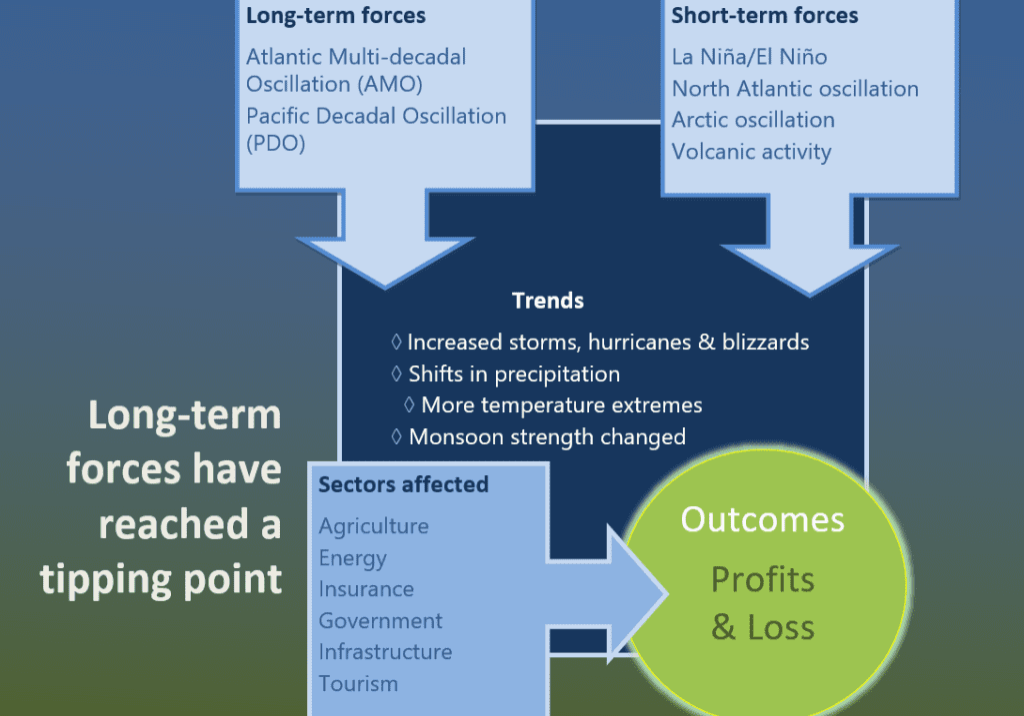
How Climate Affects Business
Welcome to the new normal. It is literally a new climate for every global economic profession. When analysts talk about “business climate”, they usually don’t mean the weather. But lately, weather patterns in every region have become more volatile, more extreme, and less predictable. Nearly every industry is facing new weather-driven challenges, risks, and costs. Browning Media not only monitors and analyses shifting weather and climate patterns but how that weather can affect societies, policies, economies, and individual businesses throughout the world. This allows our clients to be proactive instead of reactive to shifting global climate realities for the short and long term.
The Power of Being Forewarned
Recent Predictions and Results
Here are a few samples of recent predictions and results over the last several years. How would you have used this information if you had it in advance?
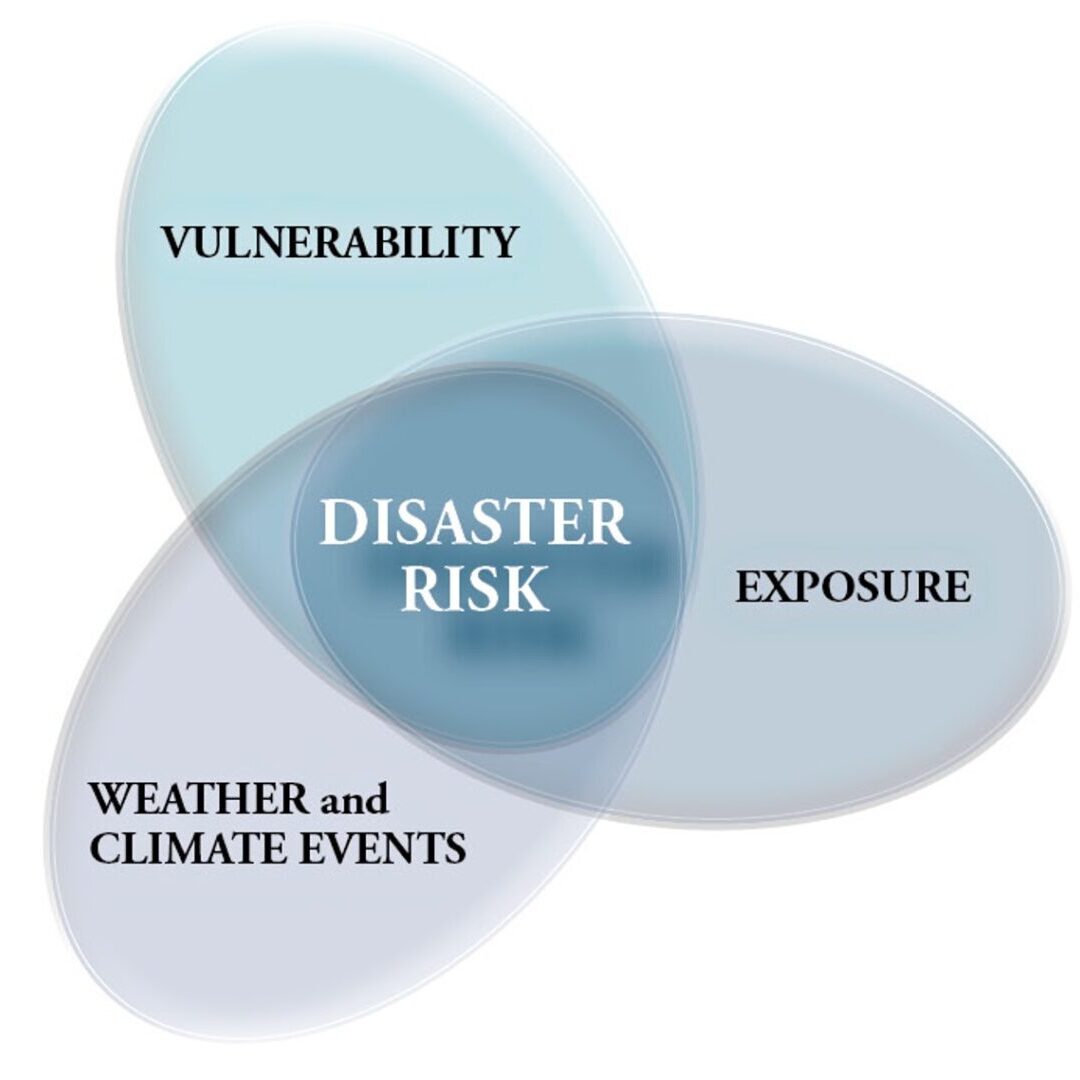
Predictions:
We were warning our clients of El Nino conditions 5 months before an official El Nino was declared on March 23rd, 2015.
We were able to determine the impact that El Nino and La Nina had on general food prices.

The Result:
This foresight has allowed investment clients to prepare for the short and long-term impact of these multi-year climate events
For California, this winter was 1.5 degrees warmer than the previous warmest winter, which was just last year (2013-14). Last winter, in turn, had broken the previous record (1980-81) by 0.8 degrees. While these margins may not seem large, they are exceptionally wide margins when considering average temperatures over a 90-day period. The temperature gap between this winter and the third-warmest winter (1980-81) is the same as the gap between the third-warmest and 30th-warmest winters.
The East, on the other hand, had an unusually chilly winter. However, because of a relatively mild December, the East was not as extremely cold as the West was extremely warm. No state had a record-cold winter or even a top-10 coldest winter. The state of New York had its 17th-coldest winter since 1895, a cooler ranking than any other state this winter.”
Predictions
November 2014 Browning Newsletter Volume 39 No. 11
In January 2020, we created our spring 2020 outlook for North America.
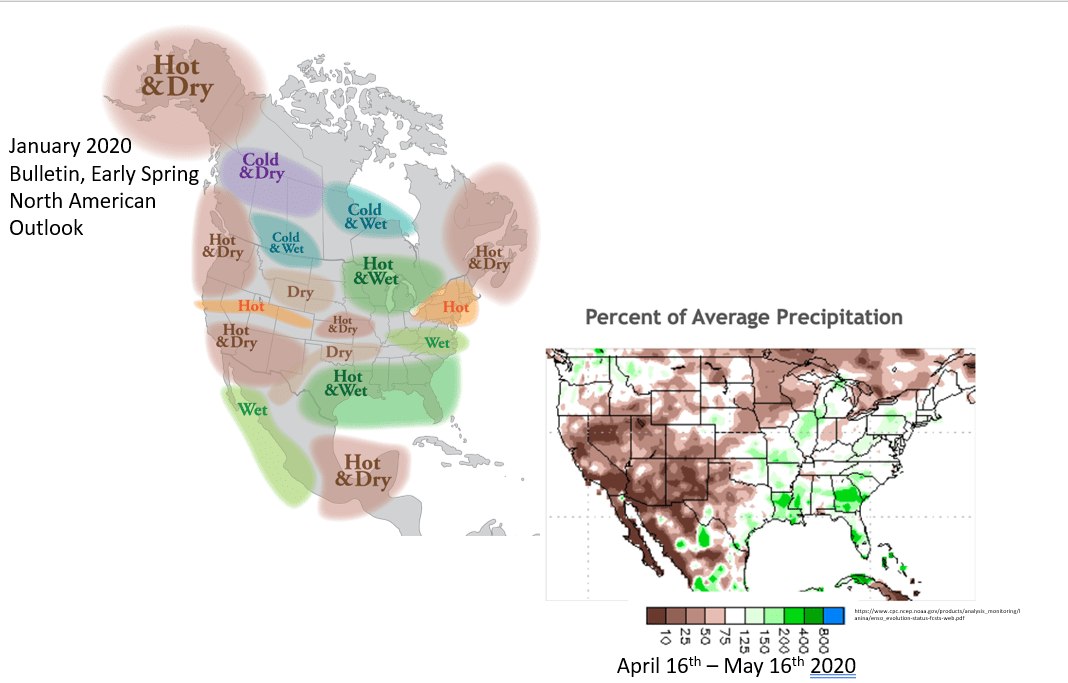
The Result:
Our precipitation patterns were highly accurate allowing clients to make early plans regarding rainfall and drought patterns.
Prediction:
The first sentence of April 2021’s Browning World Climate Bulletin.
Although it is not official, we are no longer in a La Niña. This will move precipitation into drier areas.
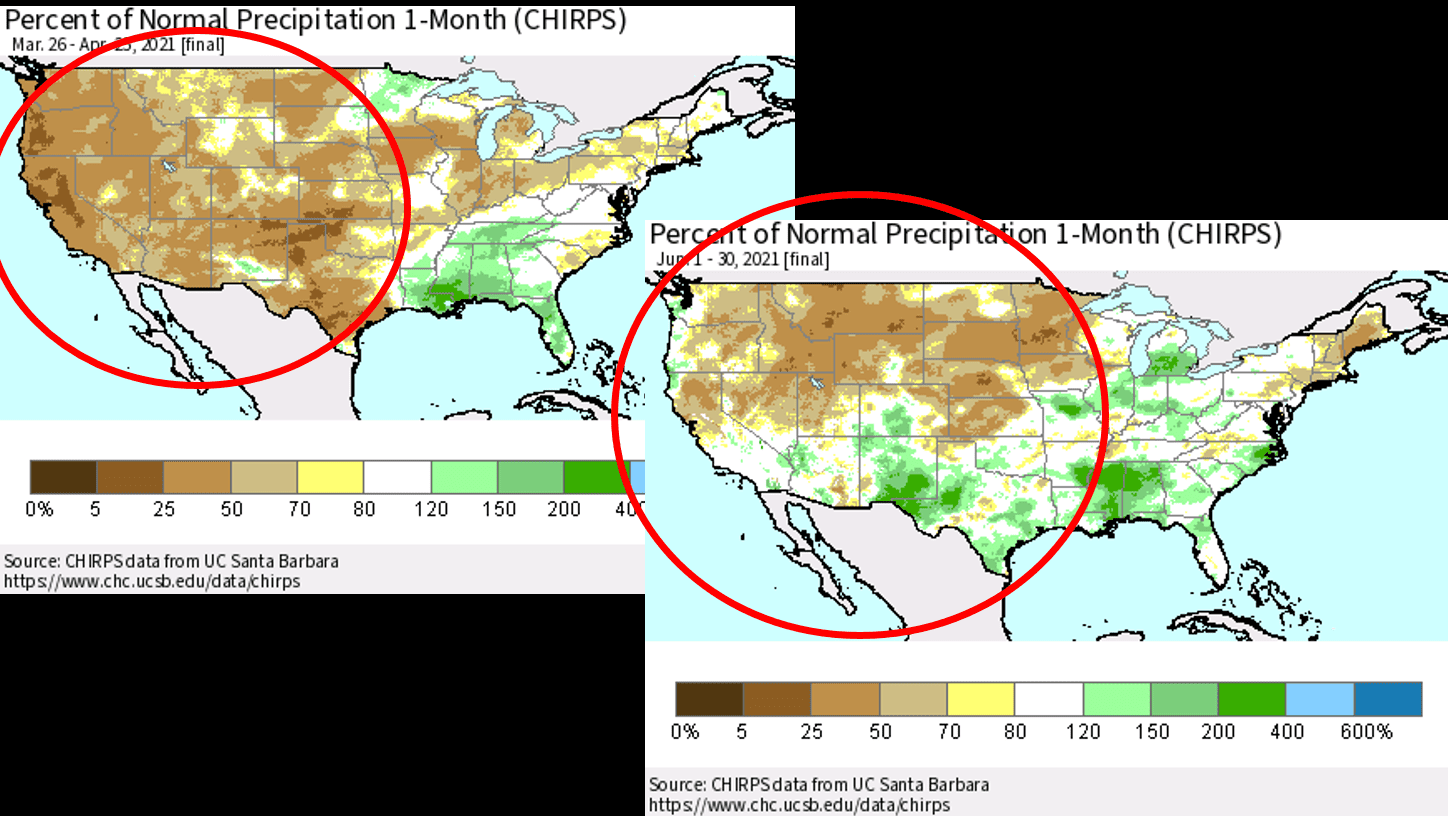
The Result:
The La Nina was declared officially over at the end of June.
Prediction:
Browning Media, March 2015: Vol. 4- No. 3
Despite above-average February rainfall, the drought conditions in South America, particularly Brazil, continue. Coffee, sugar cane, and soybean production is reduced, and Brazil’s major cities of Sao Paulo and Rio de Janeiro are facing potential water rationing.
The Result:
CNBC, July 1, 2015
The financial hub of one of the world's biggest economies is experiencing a water crisis so bad that experts say it could affect investors globally.
